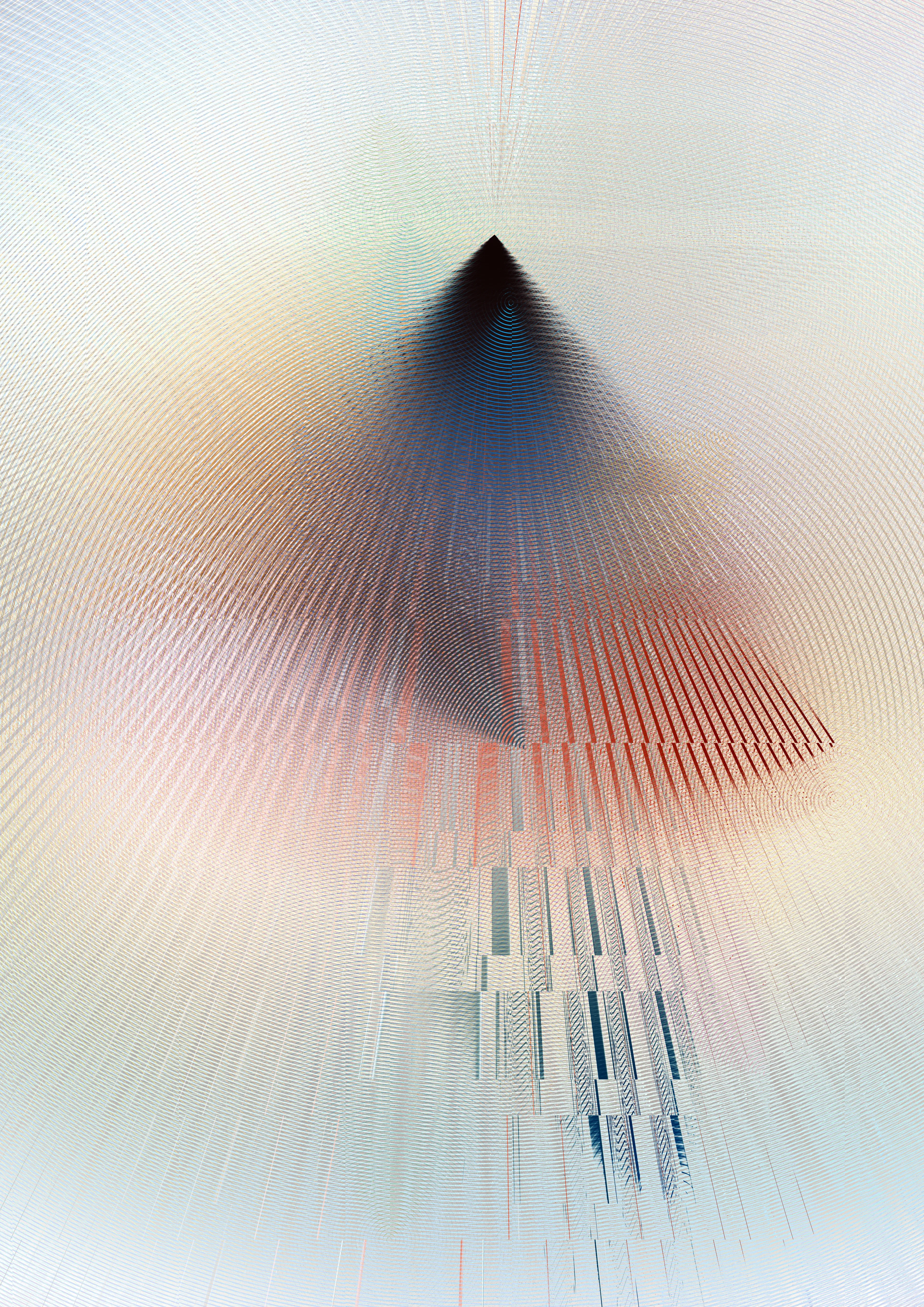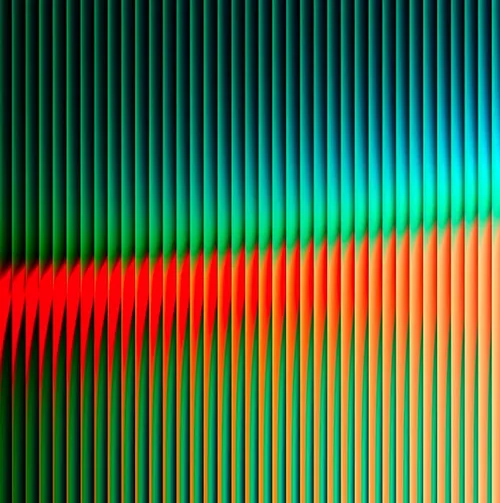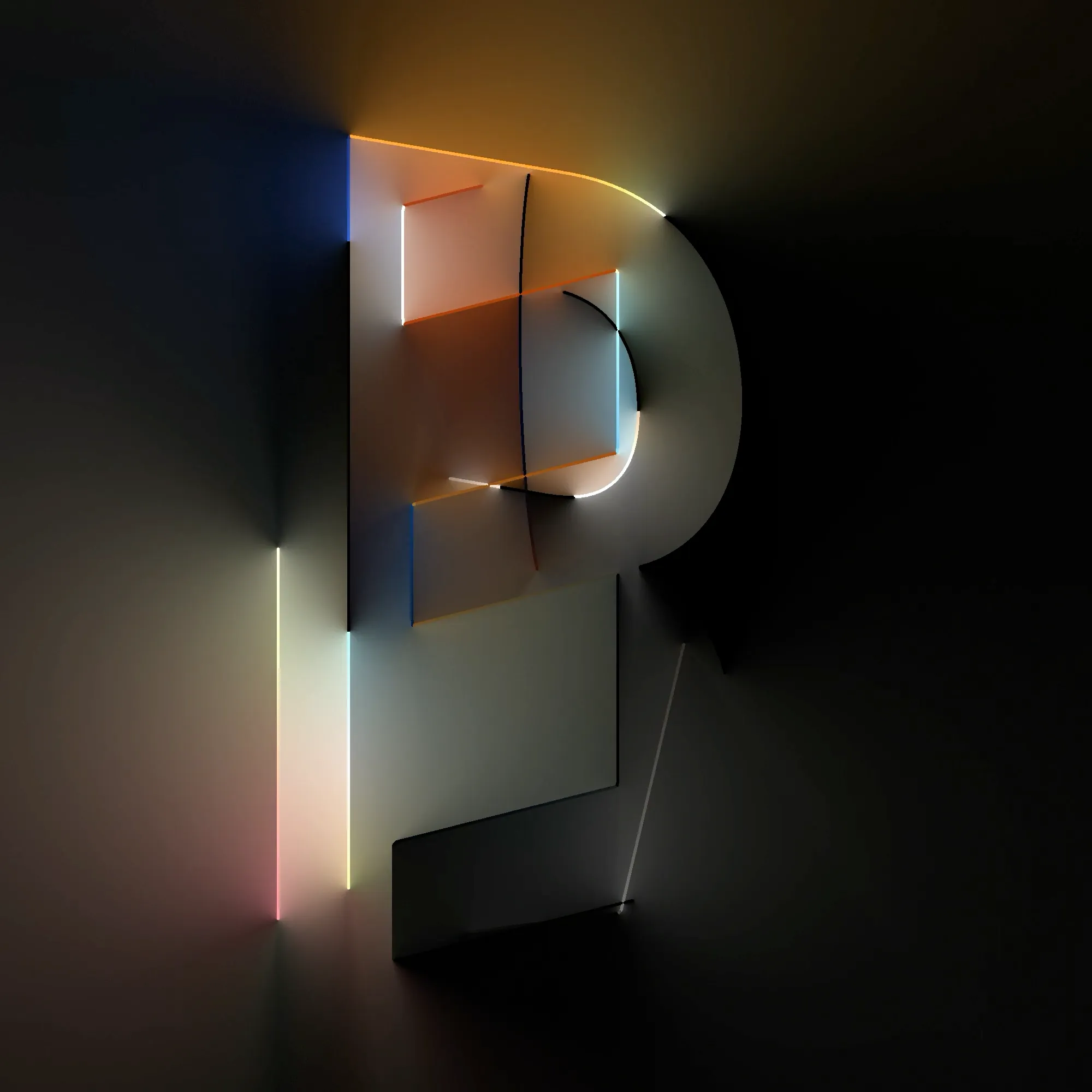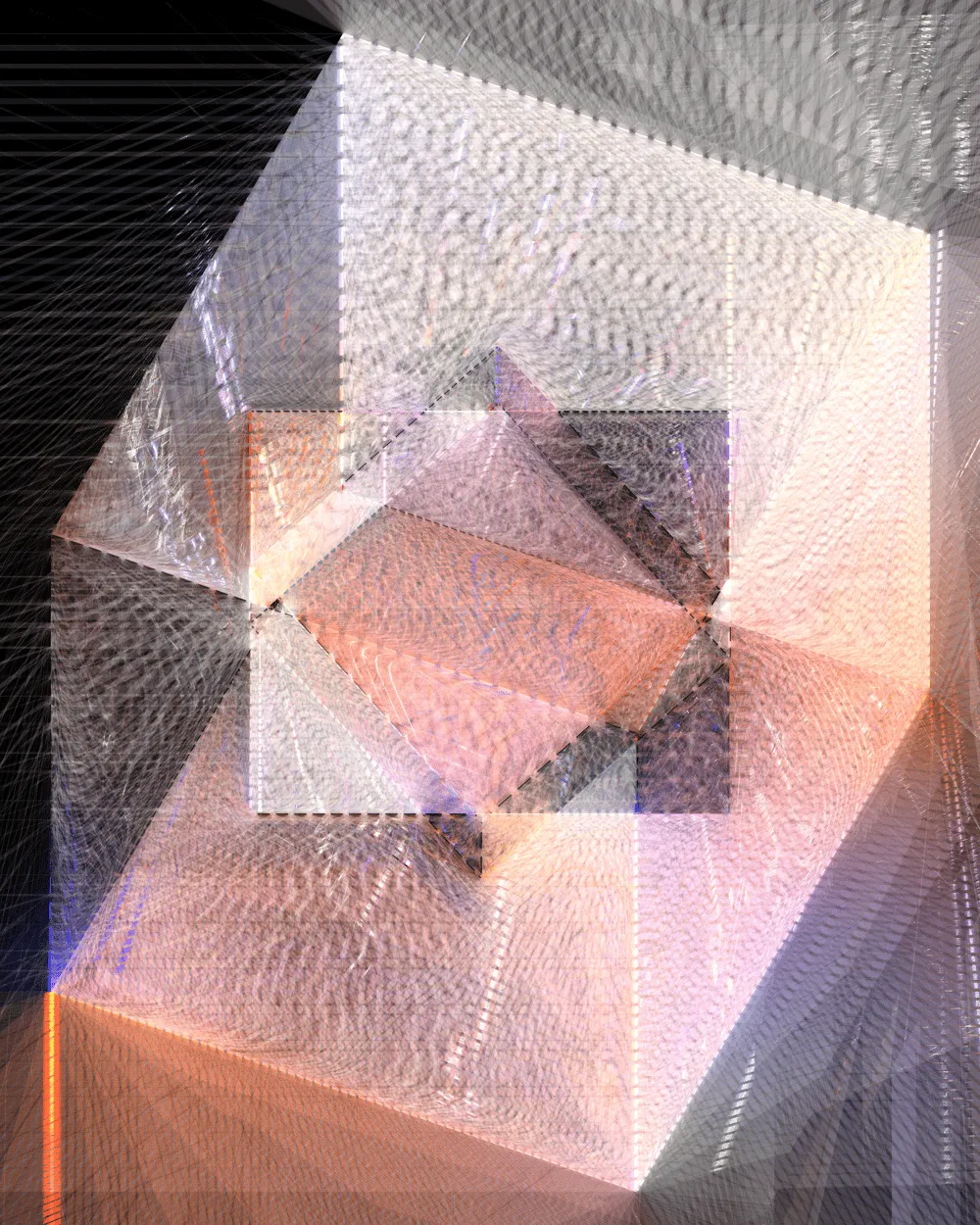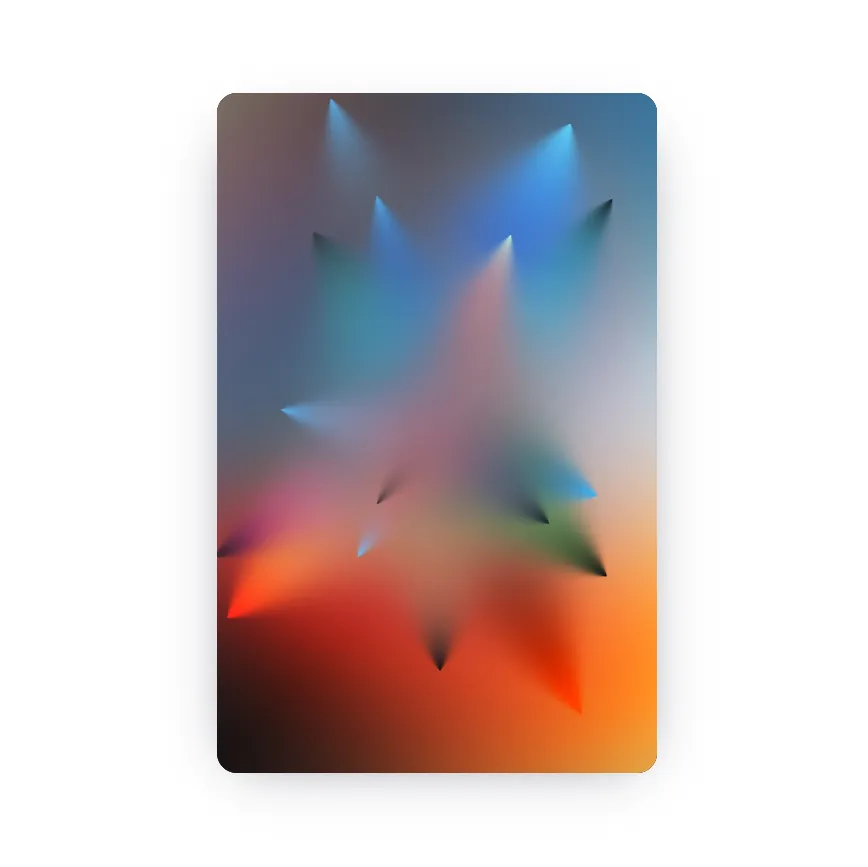Subscribe to get the latest on artists, exhibitions and more.
Living with Images: Zach Lieberman
Zach Lieberman in conversation with Waiting to Be Signed
Zach Lieberman is an artist, educator, and programmer known for his work in the field of media art. He is a professor at the School for Poetic Computation and has worked with renowned institutions such as MIT Media Lab and Carnegie Mellon University. Lieberman's work explores the intersection of design, technology, and art, and he is particularly interested in the use of algorithms and code to create interactive and generative art.
In this episode of Waiting to Be Signed, Zach Lieberman, an artist based in New York, joins the hosts for an interview. Lieberman shares his background in art encoding, starting from his fine arts education in painting and printmaking, and how his passion for experimental classes and the intersection of design, technology, and art led him to explore the possibilities of media art as a career. Lieberman also talks about his transition into the world of blockchain and NFTs, highlighting the importance of preserving and sharing his work through these platforms. He discusses his upcoming solo exhibition on Verse, titled "Studies in Color, Light, and Geometry," where he showcases his Cone Gradient and Color Blinds Studies. Lieberman emphasizes the significance of finding a balance between different aspects of his career, including commercial work, teaching, and creating art.
"Nothing reveals more than living with [an image], putting it on your wall, seeing it on a daily basis." - Zach Lieberman
Introduction: Exploring the Boundaries of Art and Technology
The divide between the arts and sciences has long been a topic of debate in our culture. However, for Zach Lieberman, the boundaries between these two seemingly disparate fields have always been fluid. As an artist and educator, Lieberman has spent his career exploring the intersection of design, technology, and art, pushing the boundaries of what is possible and challenging traditional notions of creativity.
In a recent conversation with Waiting to Be Signed, Lieberman shared his journey from a fine arts background to becoming a leading figure in the world of media art. He discussed how his passion for experimentation and his fascination with the possibilities of technology led him to explore programming languages and ultimately paved the way for his groundbreaking work in the field.
Embracing the Unknown: From Fake Work to Experimental Art
Lieberman's career trajectory was shaped by his experiences in graduate school, where he encountered two types of classes: "fake work" classes and experimental classes. While the former focused on building a portfolio and creating commercial projects, Lieberman found himself drawn to the latter, which explored the intersection of design, technology, and art.
He recalls feeling a sense of dissatisfaction with the fake work classes, realizing that he wanted to use his artistic skills to explore new ideas and push the boundaries of creativity. It was during this time that he met Golan Levin, a professor who introduced him to the world of media art and inspired him to pursue a career in this field.
The Journey into Blockchain and NFTs: Preserving Art in a Digital Age
The conversation then turned to Lieberman's recent exploration of Blockchain and NFTs, a topic that has sparked much debate and controversy in the art world. Lieberman shared his initial skepticism and confusion about the culture surrounding NFTs, but it was an invitation from curator Lindsay Howard to join Foundation that piqued his interest and led him to delve deeper into this emerging space.
"I remember I had this moment many years before, maybe 5-10 years before, I had this experience with the head of Ars Electronica. We were at an event in Japan. I think we were doing something in Japan, and we were drinking in the hotel lobby. And I'll never forget this. It was such an insane moment. We were drinking, and he said something which was like, all of your work is going to disappear. At some point, we'll find a way to archive media art, and we'll find a way to store it and preserve it, but the work is dying. And I kind of knew this in my heart. If you go to Arts Electronica, there's like a basement with all of these old machines, with all these just iconic media art projects from the like, 70s and 80s and 90s, all these old machines that just don't boot up anymore. And I was drinking with this guy, and this guy's older than me, and I was kind of like, wow, what is this guy talking about? But then when I went to mint my first work on foundation, it was this really interesting moment because it was actually a moment of saying, like, I want this to be preserved. Right? I care so much about this that I want this to be preserved. I want it to be frozen. And I remember just this kind of trepidation of hitting the mint button and just being, like, all the mechanics around it. And I'll never forget that conversation. And to me, that was an exciting moment, this moment of saying, this work is so important to me that I want to preserve it. I want to put it on a blockchain." - Zach Lieberman
For Lieberman, the appeal of NFTs lies in their potential to preserve and archive digital art, a medium that has historically been difficult to preserve. He recalls a conversation with the head of Ars Electronica, who spoke about the impermanence of media art and the need to find a way to store and preserve it. This conversation resonated with Lieberman and sparked a desire to find a way to preserve his own work, leading him to embrace NFTs as a means of achieving this goal.
Cone Gradient Study: Exploring Light and Color
One of Lieberman's most captivating bodies of work is his Cone Gradient Study, which he has been sharing on social media and will be featured in his upcoming solo exhibition, "Studies in Color, Light, and Geometry." These studies are a result of his experimentation with algorithms and his fascination with the interplay of light and color.
Lieberman explained that the Cone Gradient Study works are about seeing light move across a piece of paper and capturing the ambiguity and complexity of color and shading. He described the process of creating these studies, which involves manipulating algorithms and tweaking various parameters to achieve the desired visual effects.
He emphasized the importance of living with the images and the role of printing in his creative process. Lieberman believes that printing allows him to truly understand and engage with his work, as it reveals nuances and details that may not be apparent on a screen. He finds joy in holding an image in his hand and sharing it with others, as it brings his work to life and allows it to find a home.
Color Blinds Study: Exploring Movement and Perception
In addition to the Cone Gradient Study, Lieberman has also been working on Color Blind Study, a series that explores the interplay of color, movement, and perception. These studies involve horizontally or vertically altering the image in a periodic manner, creating dynamic and visually striking effects.
Lieberman explained that the Color Blind Study works are about capturing the energy of movement and the way our perception of color and form can change over time. He described the process of slicing the image and creating distortions that evoke a sense of depth and dimensionality. He emphasized the importance of movement in experiencing these studies, as the changing colors and patterns create a sense of dynamism and engage the viewer's senses.
Verse Solos Exhibition: "Studies in Color, Light, and Geometry"
Lieberman's upcoming solo exhibition, "Studies in Color, Light, and Geometry," is a culmination of his exploration of light, color, and form. The exhibition will feature a curated selection of his Cone Gradient and Color Blind Studies, offering viewers a glimpse into his creative process and the themes that have shaped his work.
The exhibition will be presented on the Verse platform, with the Cone Gradient Study works distributed through mint passes and the Color Blind Study works available as one-of-one auctions. Lieberman expressed his excitement about the opportunity to share his work with a wider audience and to offer collectors the chance to own a piece of his artistic vision.
Implications and Future Outlook
Lieberman's work and his foray into the world of Blockchain and NFTs raise important questions about the future of art and the role of technology in preserving and sharing creative expressions. The transparency and permanence offered by NFTs provide artists with new opportunities to showcase their work and connect with collectors, while also raising concerns about the environmental impact and the commodification of art.
As Lieberman continues to push the boundaries of art and technology, his work serves as a reminder of the power of creativity and the importance of finding a balance between experimentation and curation. His ability to navigate between different mediums and approaches highlights the versatility and adaptability of artists in the digital age.
In conclusion, Zach Lieberman's journey into the world of art and technology is a testament to the transformative power of creativity and the endless possibilities that emerge when these two fields intersect. His Cone Gradient and Color Blinds Studies offer a glimpse into the beauty and complexity of light, color, and form, while his exploration of Blockchain and NFTs opens up new avenues for preserving and sharing digital art. As Lieberman continues to push the boundaries of his craft, his work serves as an inspiration for artists and creators around the world, reminding us of the limitless potential of human imagination.
Zach Lieberman
Zachary Lieberman is an American visual artist, researcher and educator who creates artwork by writing software. In his work, he creates performances and installations that take human gesture as input and amplify them in different ways — making drawings come to life, imagining what the voice might look like if we could see it, transforming people's silhouettes into music.
Lieberman is notable for...
